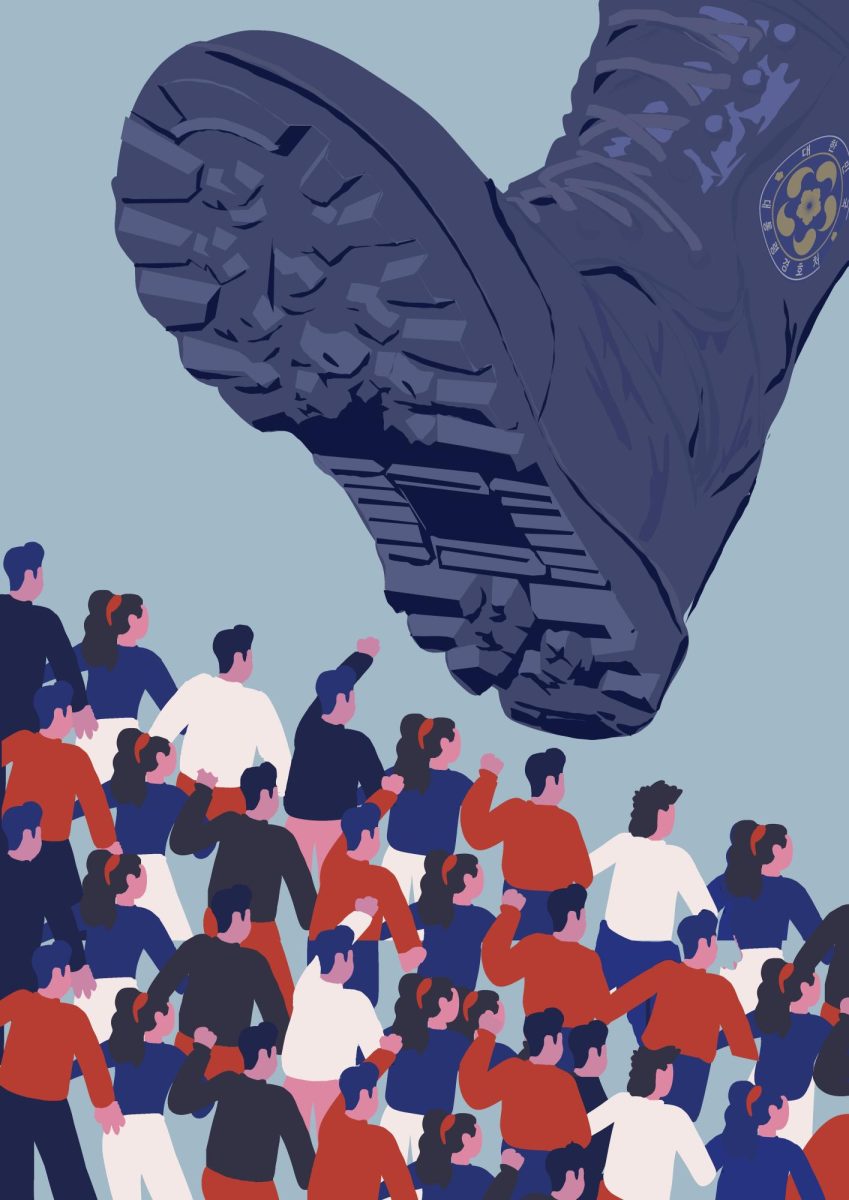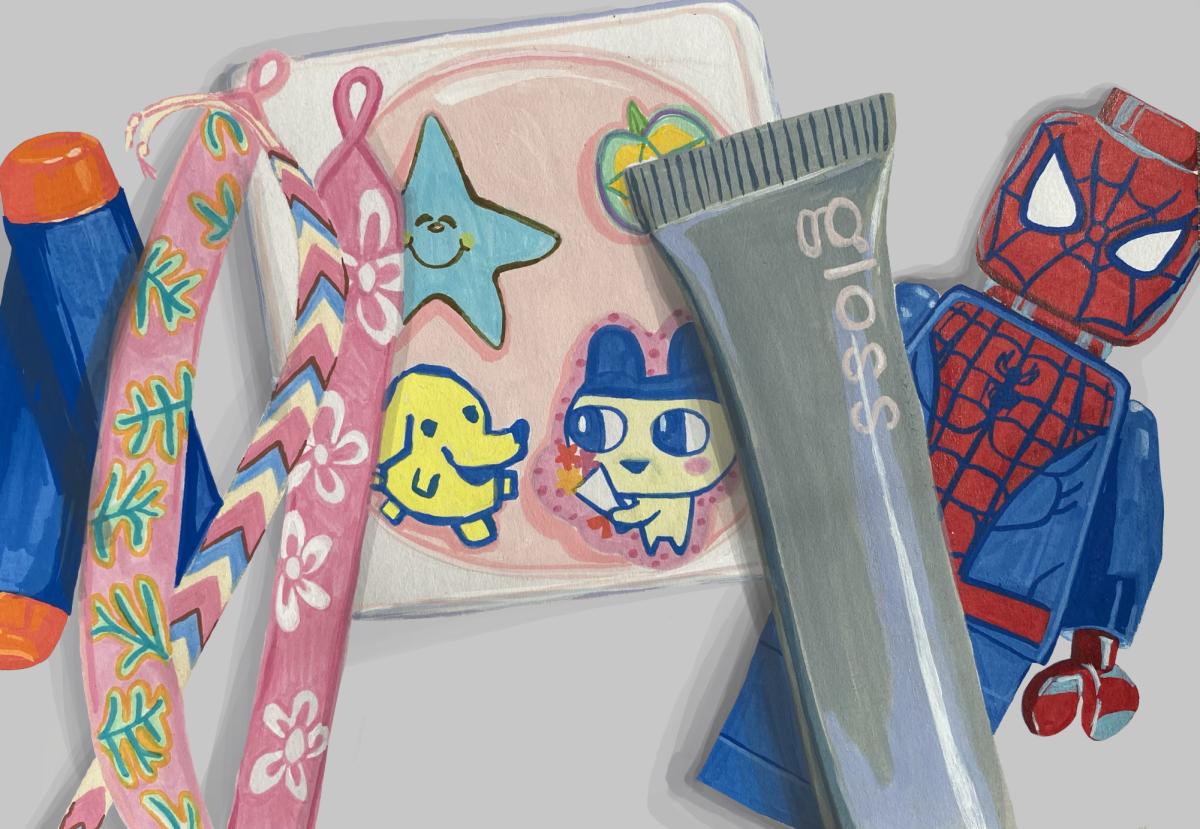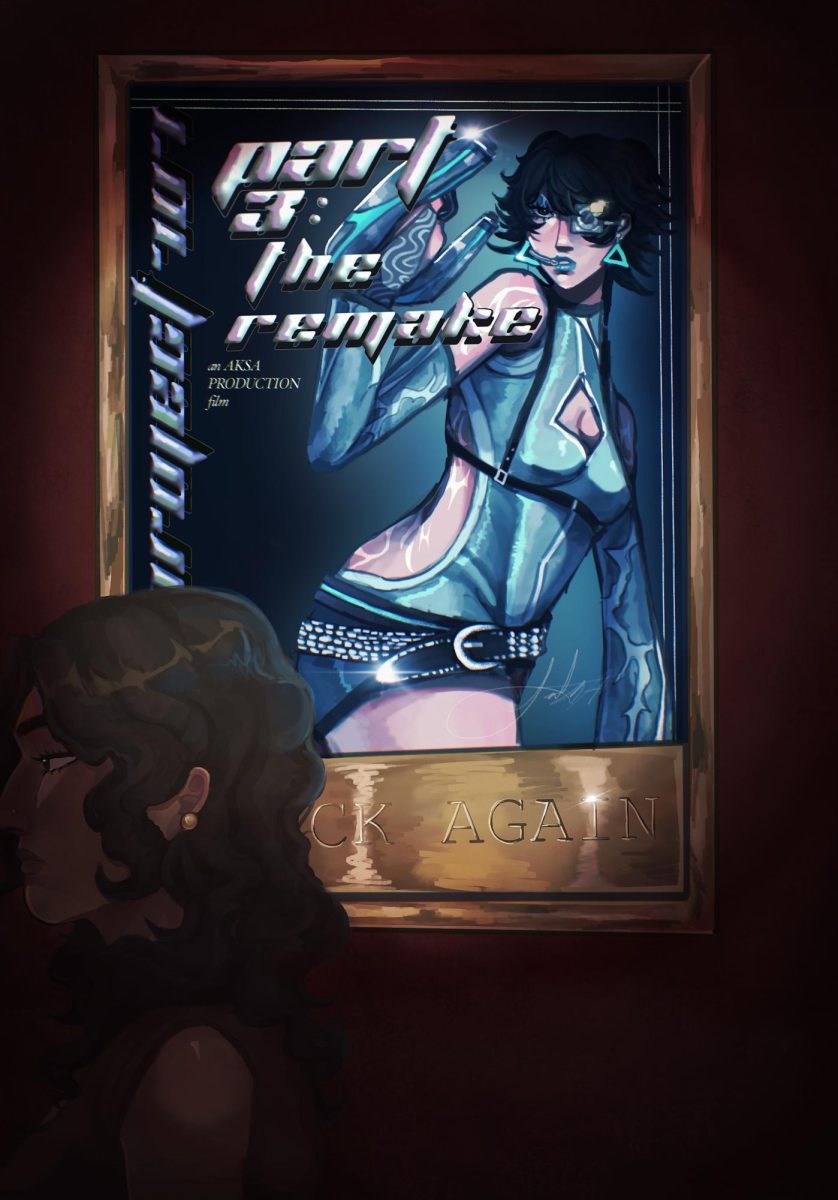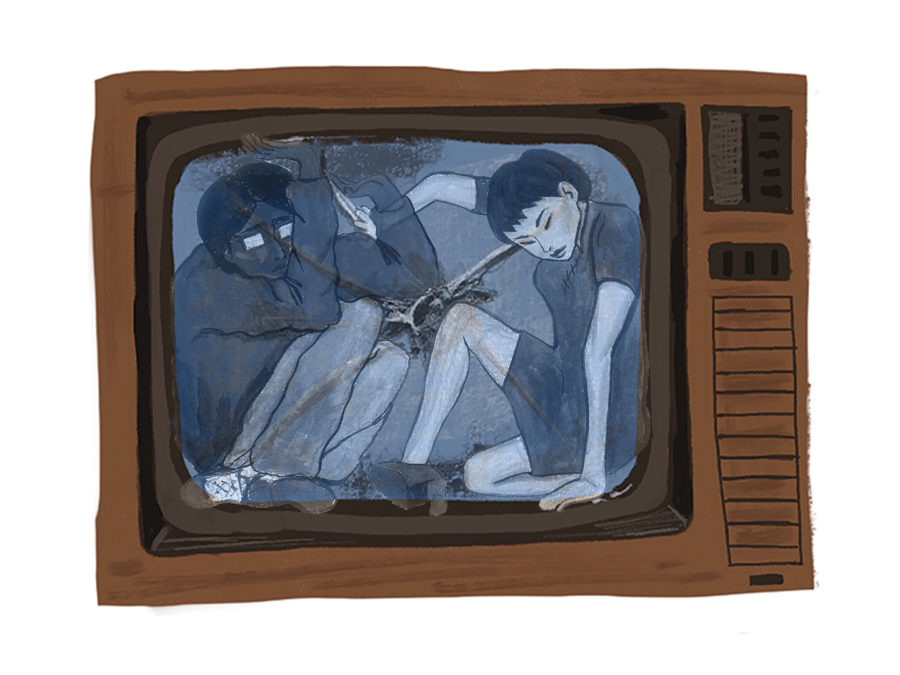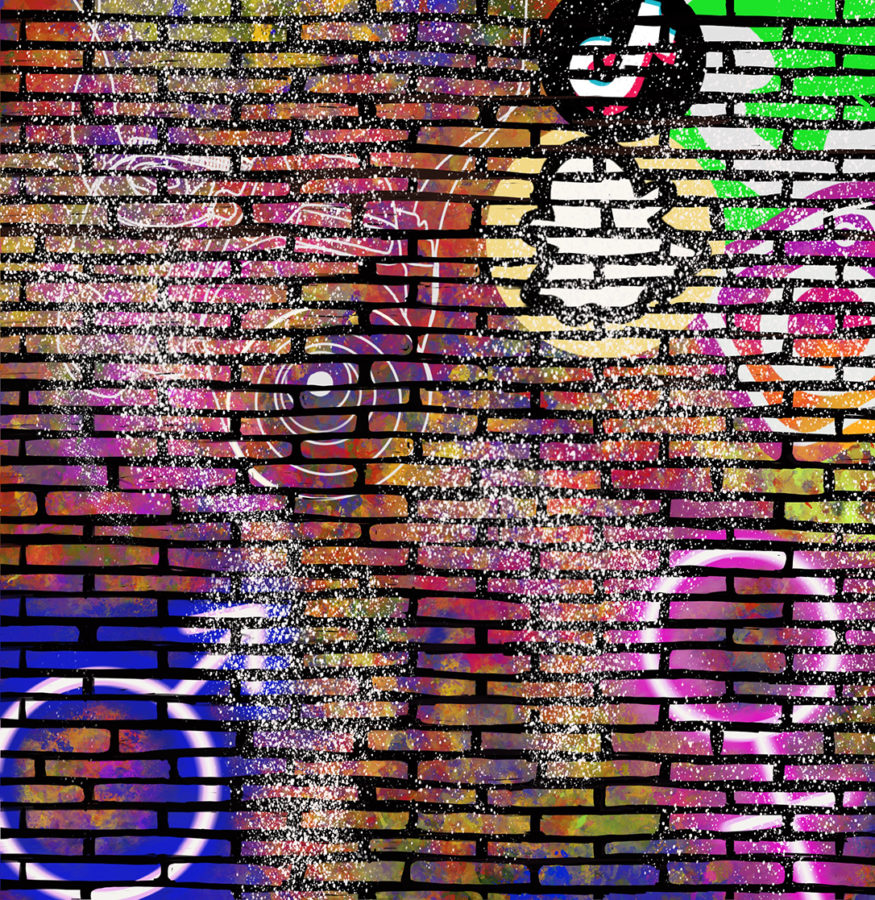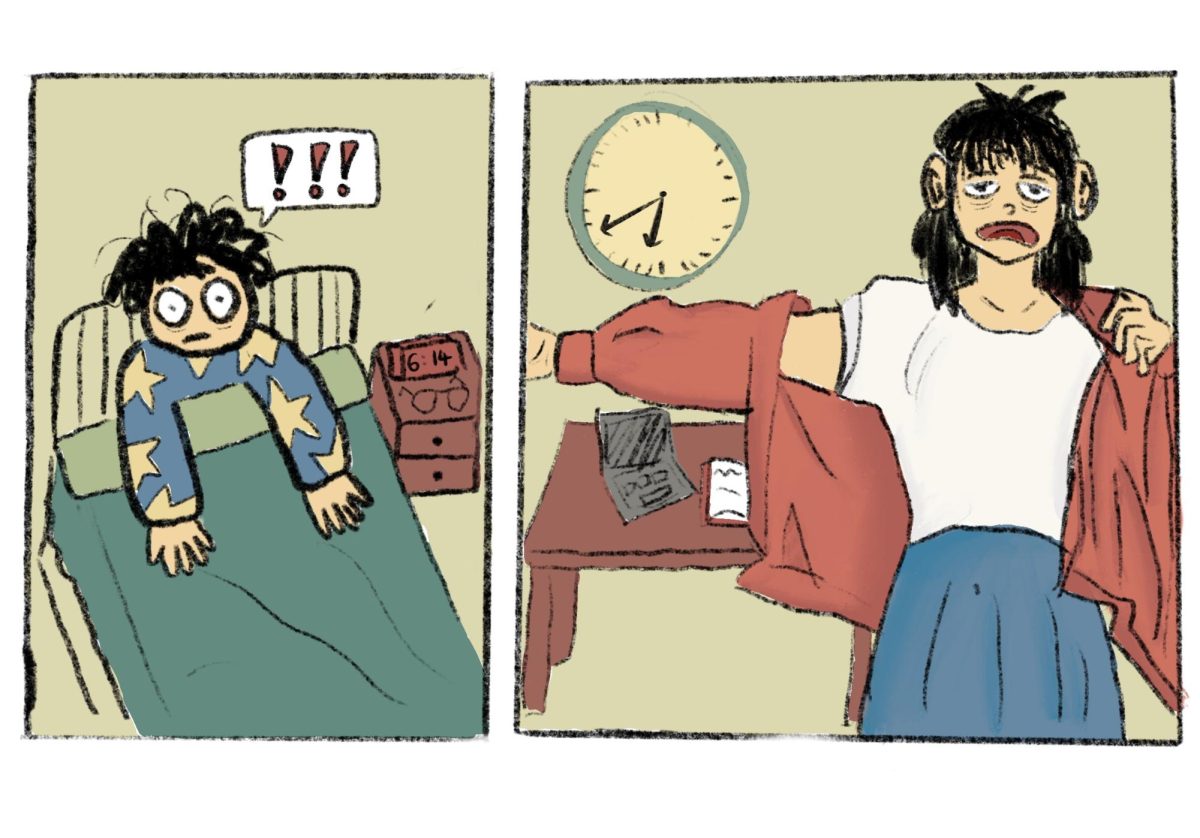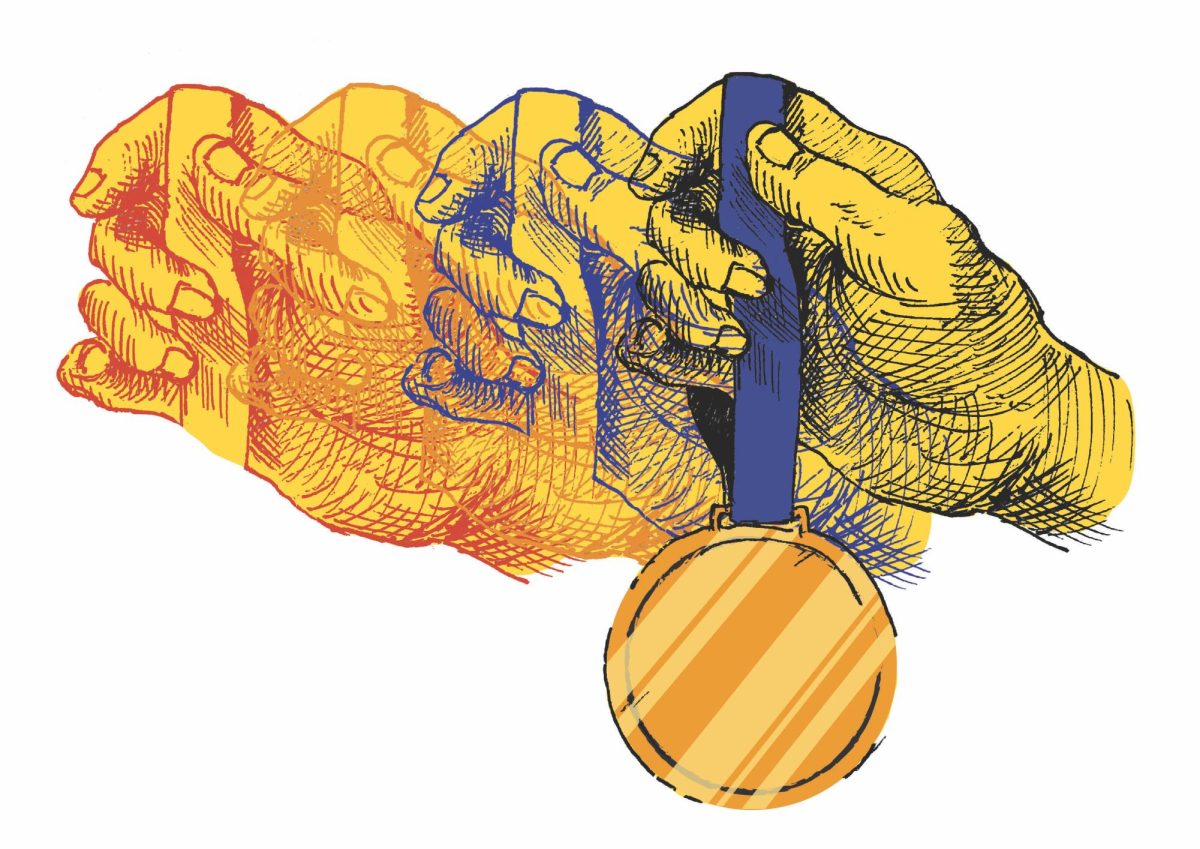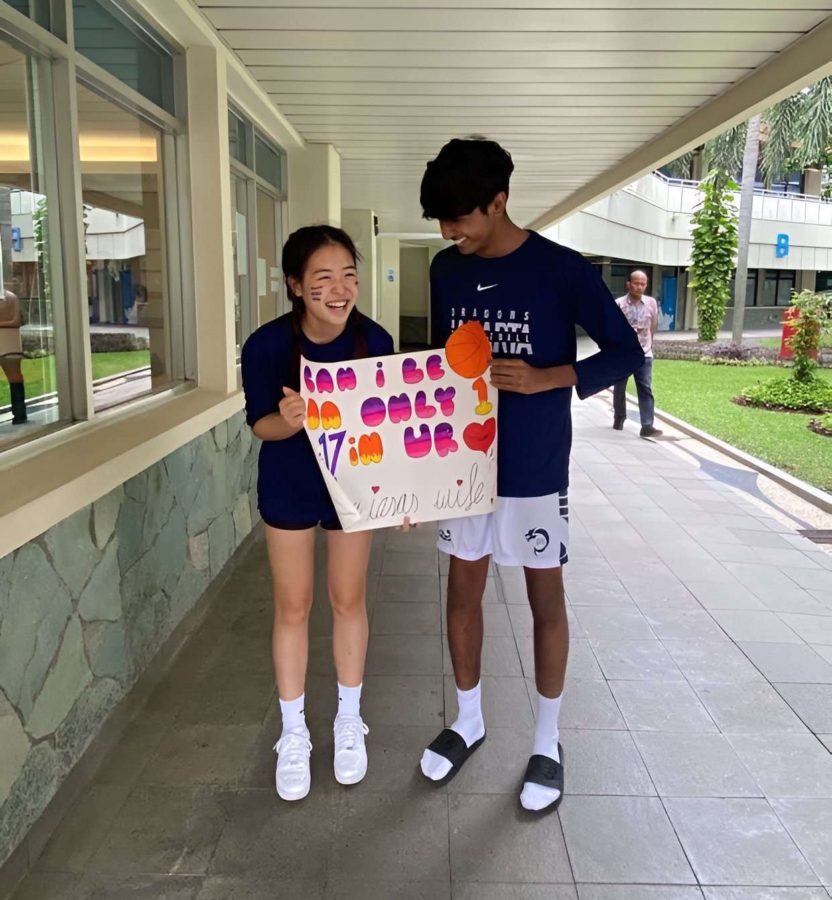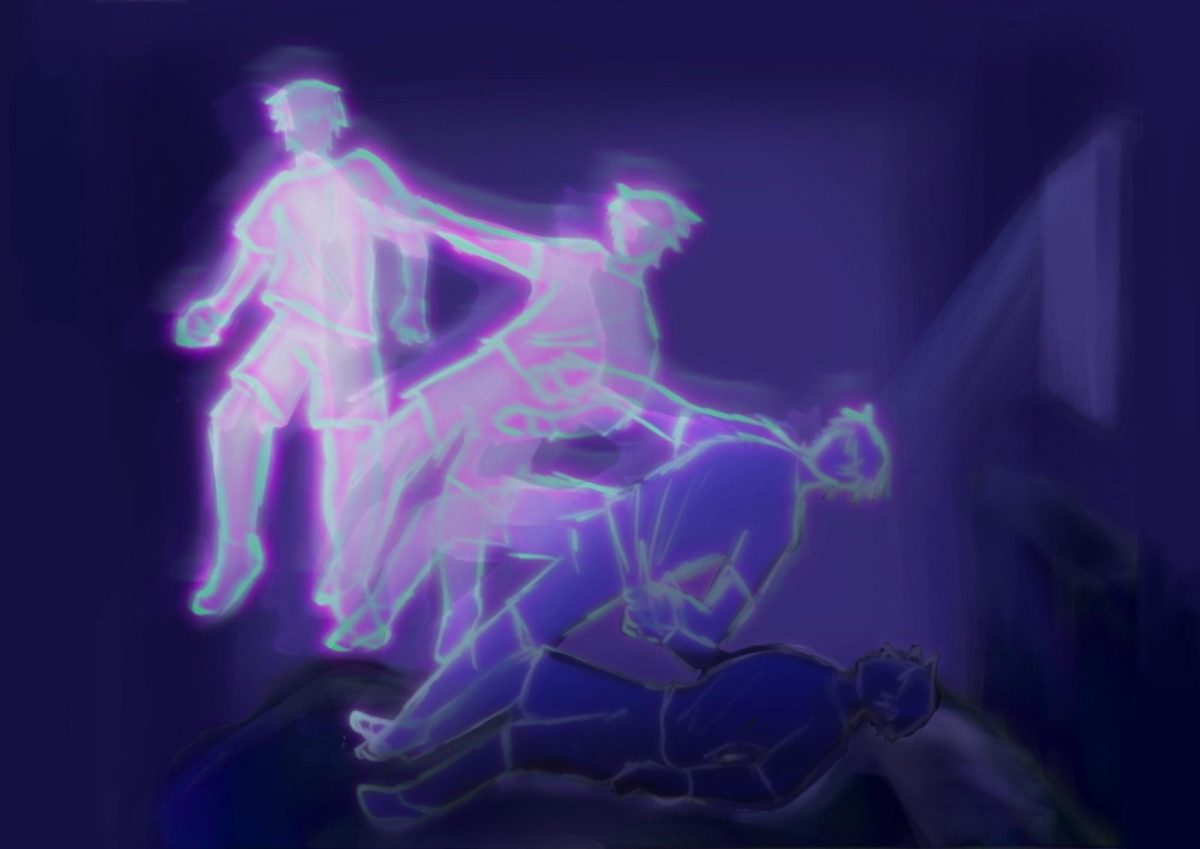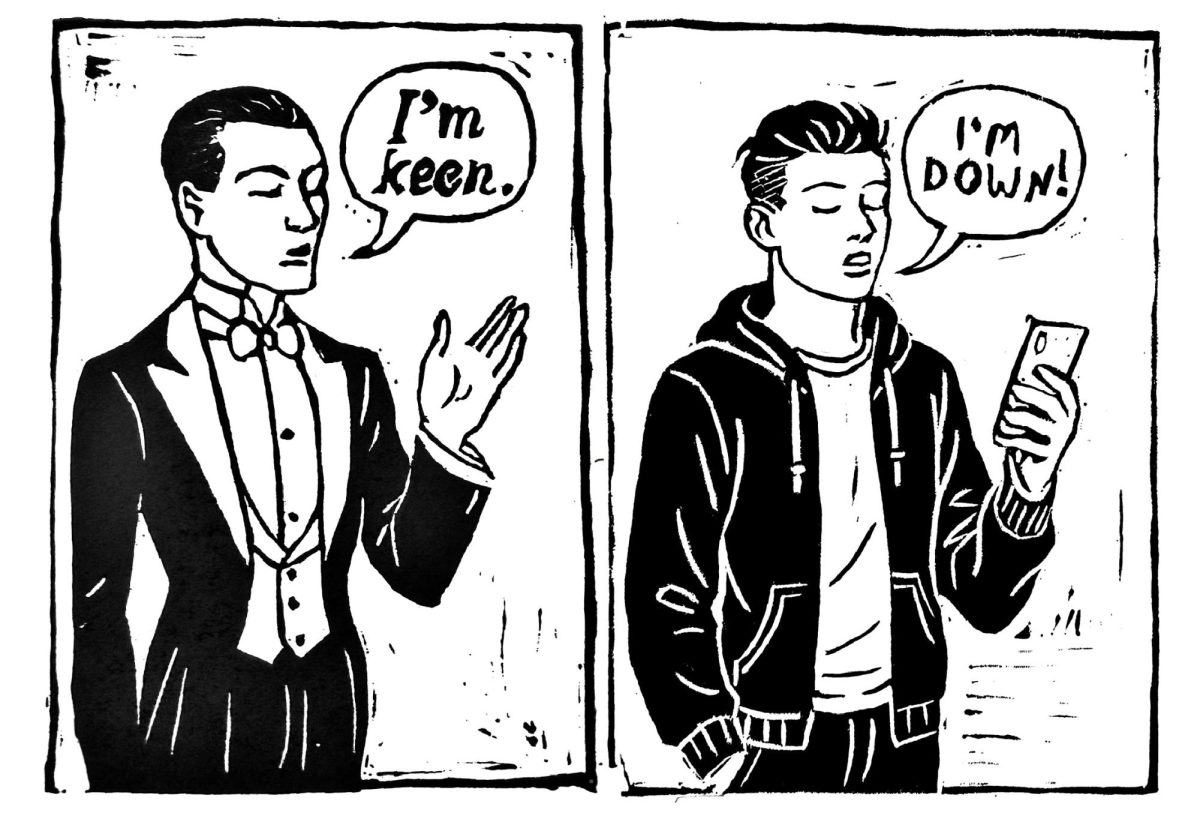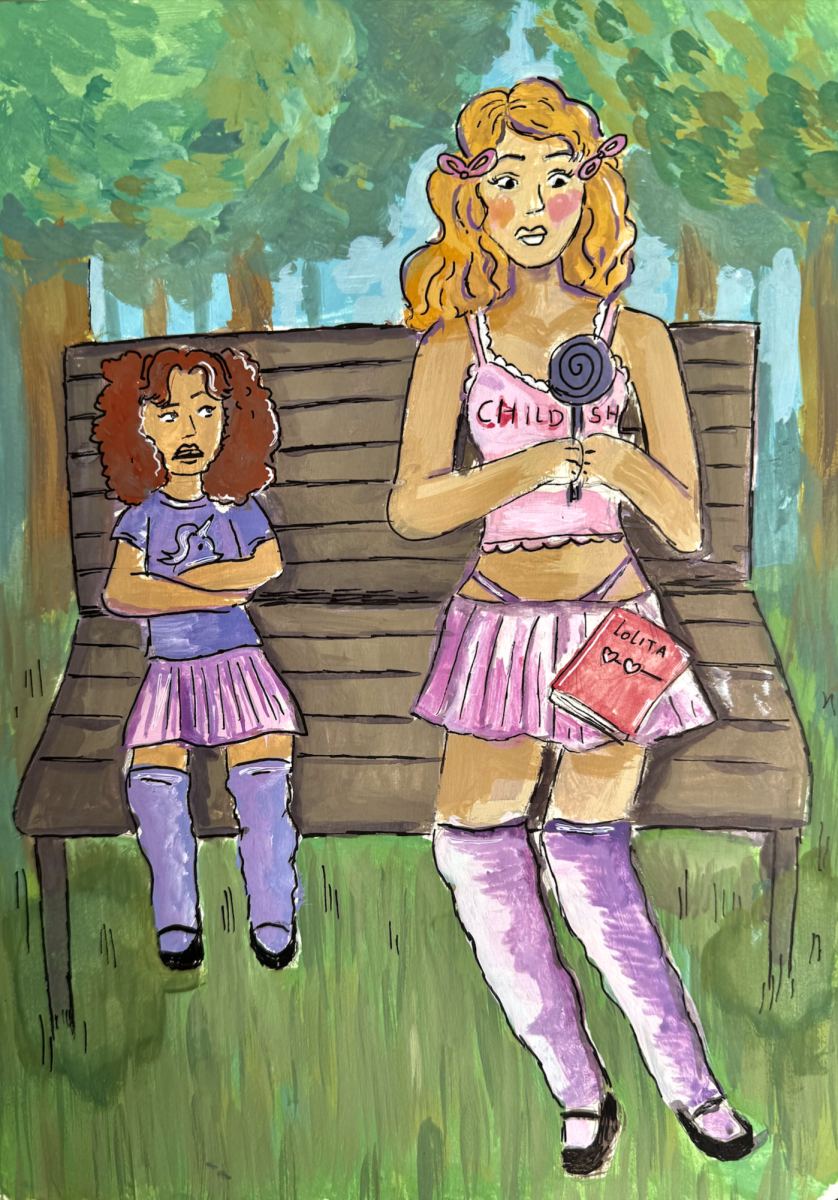For many, Hollywood’s productions have facilitated escapism. Encompassing a reach broader than the United States, citizens from all around the world have been able to attribute some of their fondest moviegoing experiences to films released by Tinseltown. From renowned classics to summer blockbusters, Hollywood studios have cultivated storylines that remain memorable, with characters able to be lived vicariously through. This is the epitome of movie magic—something hard to craft and even harder to replicate.
Yet, as audiences all around the world anticipate the next films to watch, it can oftentimes feel like a sense of familiarity exists throughout the trailers and previews we see. With the current trend of reboots, remakes, and live-action renditions, many of the most promoted blockbuster films appear to be narratives that feel all too recognizable. While the reasoning behind this influx may pertain to modernization (and an attempt by studios to reflect current values and sentiments), constantly refining classics and older movies also has its drawbacks.
The Difficulty with Remakes
Of the 49 blockbuster films released in 2024, the University of Wollongong, Australia, reported that “more than half [were] sequels, spinoffs or additions to existing franchises,” perpetuating audience fatigue. In retrospect, evoking nostalgia to lure movie-watchers into theatres may seem like a safe strategy. If audiences worldwide are already accustomed to particular characters or worlds, incentivizing them to purchase tickets seems like a significantly easier task. Yet, this approach is not necessarily as straight-forward, with problems regarding its effectiveness.
When films contain the same narratives and worlds that consumers are already aware of, they come with a set of simultaneous expectations. Within this occurence, studios therefore have a difficult undertaking in re-generating the familiar feelings and moments amongst audiences. This is because any refining plot deviation from a classic, whether it be through plot or character change, indicates a difference to a viewer. Depending on the individual, when feelings of sentimentality and connection are already ingrained into them, these changes may hinder the ability to generate feelings of nostalgia—something typically sought after. Thus, if movies are marketed to recreate our childhood whimsy or previous meaningful experiences, efforts of finetuning can leave audiences feeling cheated.
So this begs the question: what is the point then?
Keeping up with the Current
Studios often justify remaking classics with their desire to introduce the same storylines to a new generation. Not only does the previous success of certain movies (or entire franchises) act as a financial buffer, but when dedicated audiences already exist, building excitement is much easier.
In addition, there is also the idea of abiding by current social norms. As decades pass and society evolves, widespread notions held when our grandparents were kids may prove to be irrelevant (or even insensitive) to us right now. This can be further reflected when watching older films, particularly in how certain storylines that we view today (yet created decades ago) can be perceived as outdated to present circumstances.
An example of this archetype is the “damsel in distress”—a hopeless woman who can only be rescued by a man. Nowadays, many may discern this notion as highly sexist, but just less than 100 years ago, this was commonly existent in stories. It does not take long to recall popular Disney classics such as Snow White and the Seven Dwarves (1937), Sleeping Beauty (1959), and The Little Mermaid (1989), where princes save princesses out of predicaments. Thus, studios may feel compelled to remake their older successes with revisions in line with modern-day notions—that way, popular stories can generate money whilst simultaneously avoiding controversy.
The Real Problems of Performative Diversity
However, a quick search on the internet will show that these revisions can actually spark outrage. Presumably, toying or experimenting with movies that have already been ingrained in people’s childhoods can cause studios certain controversy. It is the emotional affinities that can propel people to angrily defend old classics and attack revised storylines. A significant reason why this transpires is Hollywood’s newfound dedication to embracing inclusion, which is, in hindsight, a bright step forward. This offers opportunities to talent that may have otherwise been marginalized or overlooked based on their identity. Yet, when this approach does not have sincere intentions, diversity can instead be utilized as a tool to virtue signal.
To provide an example, making decisions to hire a racially diverse cast but continuing to perpetuate stereotypes through these actors can have direct repercussions for communities. Within the 2010 live-action adaptation of the widely beloved animated series, Avatar: The Last Airbender, heavy criticism in relation to its production was rampant. Through its casting of South Asian and Middle Eastern actors within the antagonistic role of the Fire Nation, characters who were clearly Asian and Indigineous in the original were played by white actors in the rendition. This sparked a significant public uproar, primarily due to the fact that many audience members felt that racial stereotypes were reinforced through the casting choices. Furthermore, by sidelining the deep cultural influences from East Asian and Inuit communities that the original Avatar series had, the decisions made within this production felt like a significant snub in highlighting cultural diversity.
Conversely, if a studio’s sole purpose in casting minority talent is to create visually obvious “diversity,” this is simply not enough. Such is the case within Fate: The Winx Saga, a live-action remake of the original Italian show Winx Club. With its first season generating significant controversy due to the whitewashed casting of minority characters, the introduction of a new character (one played by a Latina) in the second season was seen as an attempt to rectify the lack of representation. Yet, some fans felt that this was a belated attempt to generate audience interest and acceptance, blatantly obvious and highly unsuccessful. It therefore becomes imperative that authenticity becomes the priority.
Intentional Storytelling
As discussed earlier, cinema undoubtedly provides experiences for audiences. This reason is precisely why individuals cling to strong emotional links forged by films and dwell on memories crafted by their moviegoing experiences. This same magic is not a one-time experience. It is perfectly able to be regenerated; it is just the mere importance of taking risks and making meaningful decisions with a dedication to authenticity. Furthermore, with Hollywood’s commitment to hiring diverse talent, it is imperative that this inclination to be more inclusive broadens to highlighting more perspectives.
For communities away from the mainstream, a myriad of figures, cultures, and narratives await to be showcased. What persists is the necessity to take larger risks that deviate from the parameters and norms accustomed to traditional American audiences. We have seen time and time again that unique concepts have succeeded in generating huge audience turnout. More so than ever, viewers around the world are interested in perspectives that differ from those residing in Hollywood. It is also telling that minority audiences in the States, and individuals from countries all over the world, are keen on seeing authentic representations of themselves on screen—this is sought out for. Thus, it just remains crucial for studios to ensure their intentions are in the right place, as when sincerity and creativity conjoin, movie magic transpires.

